
What Does the Autumn 2022 Financial Statement Mean for my Business?
Following months of financial announcements and changes, the Chancellor, Jeremy Hunt, delivered his Autumn budget on 17th November 2022, impacting employees and employers, as well as self-employed sole traders, directors, and limited companies.
Some of the changes will come into effect from April 2023 at the start of the new tax year, while others are being put in place to roll-out at a later date.
Business rates
New property valuations will see business rates change from April 2023, so the government announced a £13.6 billion support package to help rate payers. The ins-and-outs of it are quite lengthy, so the government’s business rates factsheet is a good place to start, or ask your accountant for help interpreting anything you’re unsure of.
Capital Gains Tax threshold
Capital Gains Tax (CGT) normally only applies to individuals, but it can also apply to businesses which aren’t legally distinct from the owner, such as a sole trader or partnership business. It’s worth noting that it’s a bit different for limited companies, because they pay Corporation Tax on any gains they make.
If the total amount of gains you make in a year is more than the tax-free allowance, you’ll start paying Capital Gains Tax. Also known as the Annual Exempt Amount, the tax-free allowance for 2022/23 is £12,300.
- The allowance reduces to £6,000 for the 2023/24 tax year
- It reduces again to £3,000 for the 2024/25 tax year
Changes to Corporation Tax
An increase to the rate of Corporation Tax has already been announced, and this will continue to go ahead.
- From 1st April 2023 Corporation Tax increase to 25% for companies reporting profits over £250,000
- Companies with profits up to £50,000 will continue to pay Corporation Tax at 19%, with marginal relief offering a gradual increase for those falling between the two.
Dividend tax rates and allowances
There are three significant points for dividend tax in the Chancellor’s Autumn Statement:
- From April 2023 the dividend allowance will be halved from its current levels to £1,000, and then halved again to £500 from April 2024.
- The 1.25 percentage points increase to the dividend tax rate which took effect from April 2022 will stay in place.
- The additional rate threshold is reducing from £150,000 to £125,140, and this has an effect on when you start paying the additional rate of dividend tax (which is 39.35%).
The 1.25% increase to the dividend tax rate was introduced as part of the Health and Social Care Levy scheme, which also increased National Insurance rates.
The scheme has now been scrapped, and although the NI increase was rolled back in November, dividend tax won’t return to the previous rate.
Electric vehicles
Electric vehicles are currently exempt from Vehicle Excise Duty, but the Autumn Statement confirmed this will no longer be the case from April 2025 onwards.
Company car tax rates will continue to be lower for electric vehicles, with any increases limited to 1 percentage point per year, for three years from 2025.
Energy prices
The Energy Price Guarantee sets out to limit household energy bills, which currently caps a ‘typical household’ to £2,500 until April 2023, when it will rise to £3,000. This means the cap does offer some protection to entrepreneurs who work from home, although you’re only able to claim tax relief on the portion of your bills which relate to the business.
Increasing energy prices will have an impact on cash flow, but don’t forget to make sure you keep records of absolutely everything, and claim any allowable expenses your business is entitled to!
Changes to income tax
The Chancellor’s statement confirmed several changes to income tax rates and thresholds, including a reduction to the additional rate threshold, and an update to the basic rate.
The additional rate of income tax
The ‘additional rate’ is the highest rate of income tax, currently charged at 45% on earnings above £150,000.
As of April 2023 this means that those earning more will start paying the additional rate of income tax on their earnings sooner.
Basic rate tax
The planned reduction to the basic rate of income tax from 20% to 19% would have taken effect from April 2023, but this will not be going ahead for the foreseeable future.
The current basic rate of 20% will stay in place indefinitely until economic conditions become stable enough for this to be reviewed.
What does freezing the personal tax allowance and tax thresholds mean?
Although increasing tax rates are rarely welcome because you’ll end up paying a higher rate of tax, it’s usually a good thing if the tax threshold goes up.
A tax threshold is the point at which you start paying tax at a particular rate. The thresholds usually increase as wages rise with inflation, but when they’re frozen the tax bands stay the same even as your wages go up.
Unfortunately, this means you’ll end up paying tax on a larger proportion of your earnings as time goes on. Income tax thresholds had already been frozen until 2026, but this has been extended.
What the tax band thresholds look like following the Autumn Statement
The personal tax allowance is the amount of income you can earn before starting to pay tax, and then there are subsequent thresholds if you earn more.
| Tax Rate | Tax Band Thresholds from April 2023 |
| Personal allowance: This is how much you can earn in a tax year before you start to pay income tax on it. Earnings under the £12,570 threshold are tax free. | £0 – £12,570 |
| Basic rate income tax: 20% tax on the proportion of income which falls into this tax bracket. | £12,571 – £50,270 |
| Higher rate income tax: The part of your income which falls into this tax band is taxed at 40%.
This year the threshold starts at £50,271 and the band includes earnings up to £150,000, but this will change from April 2023 |
£50,271 – £125,140 |
| Additional rate income tax: This is the highest rate. The income you earn above this threshold is subject to tax at 45%.
In the 2022/23 tax year the threshold was £150,000, but this is changing from April 2023, so you’ll start paying the additional rate sooner. |
£125,140 upwards |
National Insurance updates
Along with the income tax thresholds, the thresholds for National Insurance have also been frozen until April 2028, and this includes the thresholds for employer’s NI contributions. The £5,000 Employment Allowance will stay in place though.
An increase to National Living Wage and National Minimum Wage
The National Living Wage is the minimum amount employers must pay to someone who is 23 or older, and not in the first year of an apprenticeship. The Chancellor’s statement announced the NLW would increase on 1st April 2023, equivalent to an annual increase of around £1,600 for a full-time employee.
Though they sound similar, the National Living Wage and minimum wage are different. The National Minimum Wage (NMW) sets the minimum hourly rate which employers must pay younger employees, and these rates will also increase from 1st April 2023.
Stamp Duty changes
Stamp Duty cuts announced in the Growth Plan will now be time-limited, ending on 31 March 2025.
The point at which you start paying SDLT on the purchase of a residential property increased as of 23rd September 2022:
- From £125,000 to £250,000
- From £300,000 to £425,000 for first-time buyers (up to a maximum property value of £625,000)
Stamp Duty Land Tax only applies in England and Northern Ireland: In Wales this has been replaced by the Land Transaction Tax, and in Scotland it’s the Land and Buildings Transaction Tax. The devolved Welsh and Scottish governments will announce funding allocation for this separately.
VAT registration threshold frozen until March 2026
Like income tax and National Insurance, the VAT registration threshold had been frozen at £85,000 until March 2026. The Spring Budget 2024 overturned this decision, and announced that the threshold would increase to £90,000 from April 2024.
Even though VAT rates aren’t changing, prices are continuing to rise and VAT is charged on taxable sales, so with the VAT registration threshold frozen, it’s likely that more businesses will end up registering for VAT which wouldn’t normally need to.
Our Cost of Living Survival Guide for Businesses includes more tips for dealing with the changes, or learn more about how our online accounting services can support you. Call 020 3355 4047 to chat to the team, or get an instant online quote.
Want to learn more?
Subscribe to our newsletter to get accounting tips like this right to your inbox

Read more posts...

The Accountancy Partnership – Our Positive Reviews
18th November 2024Here at The Accountancy Partnership, we’re proud of our customer reviews The reviews we receive from our customers show how hard we…
Read More
What’s the Most Tax Efficient Director’s Salary?
8th November 2024As a director you’re legally separate from your limited company even if you’re also the owner. This means you’re not allowed to…
Read More
What’s the Difference Between the National Living Wage and the National Minimum Wage?
7th November 2024The National Living Wage (NLW), the National Minimum Wage (NMW), and the Living Wage all sound confusingly similar, so understanding how they…
Read MoreConfirm Transactions
The number of monthly transactions you have entered based on your turnover seem high. A transaction is one bookkeeping entry such as a sale, purchase, payment or receipt. Are you sure this is correct?
Please contact our sales team if you’re unsure
VAT Returns
It is unlikely you will need this service, unless you are voluntarily registered for VAT.
Are you sure this is correct?
Call us on 020 3355 4047 if you’re not sure.
Bookkeeping
You will receive our bookkeeping software Pandle for free, as part of your package.
You can use this to complete your own bookkeeping, or we can provide a quote to complete your bookkeeping for you.
Please select and option below:
Call us on 020 3355 4047 if you’re not sure.

